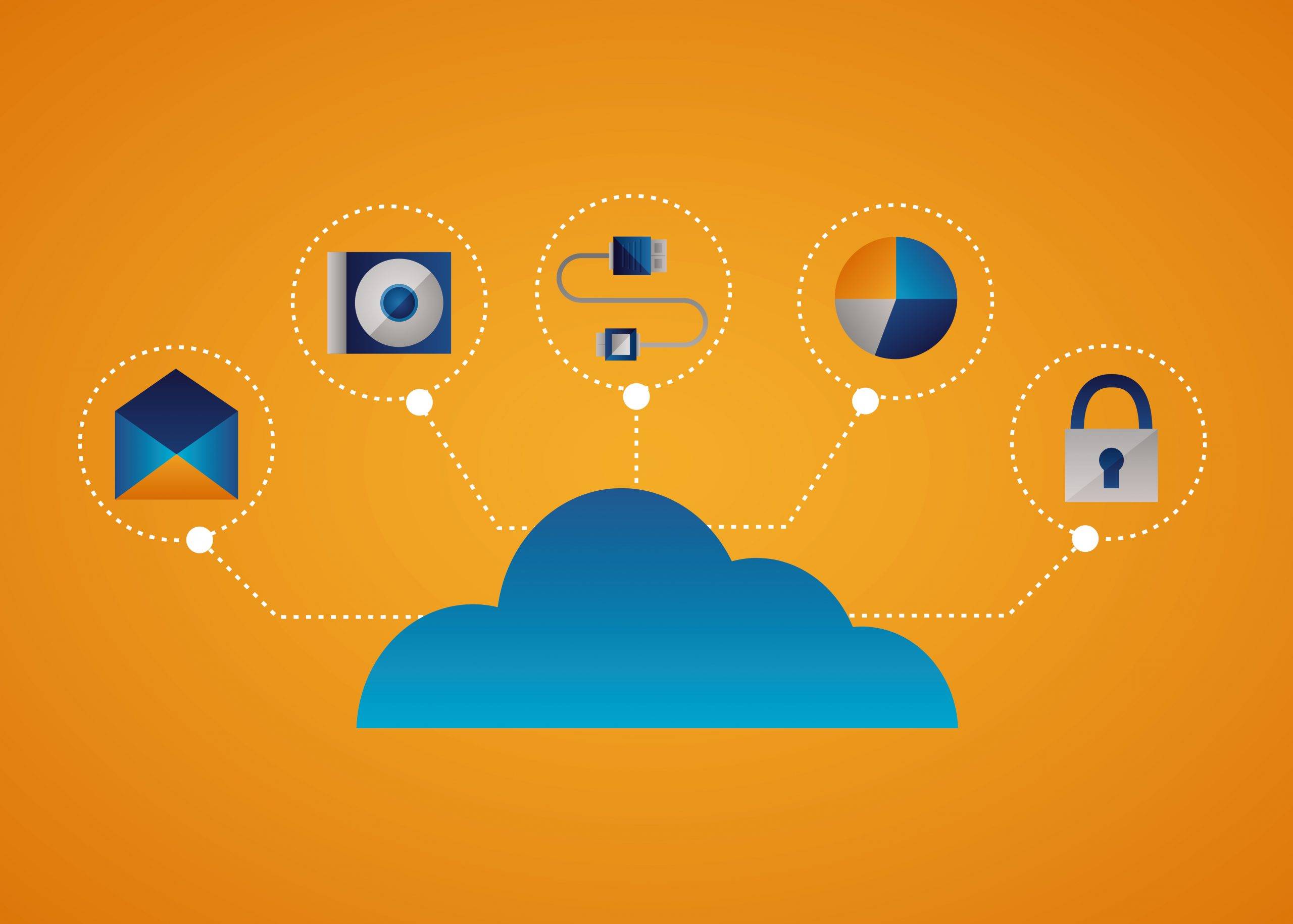Cloud Infrastructure Security: Assessing Risks Through Testing

- September 27, 2023
- admin
Cloud computing has not only become the backbone of modern businesses but has also revolutionized the way we approach data storage, scalability, and efficiency. It offers unprecedented advantages, but these advantages come with new and complex security challenges. To safeguard your digital assets and ensure the robustness of your infrastructure, comprehensive security tests are imperative. This comprehensive guide delves deep into the world of cloud infrastructure security, exploring its profound significance, methodologies, best practices, and the essential tools that are available to assess and mitigate risks effectively.
Understanding Cloud Infrastructure Security
At its core, it revolves around safeguarding the foundational components and resources that constitute cloud computing environments. This encompasses everything from data centers, servers, storage systems, networks, virtualization layers, to the management interfaces that facilitate services. These elements, while often unseen by end-users, form the very bedrock upon which applications and data repositories are built. Securing this infrastructure is, therefore, of paramount importance, as any vulnerability or breach can have far-reaching consequences.
The Pervasive Significance of Cloud Infrastructure Security Testing
The significance of this cannot be overstated. A breach or failure at this level can have cascading effects, affecting not only the infrastructure itself but also the applications and data it supports.
Here’s why robust cloud infrastructure security testing is crucial:
Risk Mitigation
Through testing, vulnerabilities and weaknesses within the infrastructure are exposed and assessed, enabling proactive risk mitigation.
Regulatory Compliance
Various industries and regions have stringent regulatory requirements that mandate rigorous testing for cloud systems, especially when handling sensitive data.
Data Protection
With data being the lifeblood of modern organizations, testing ensures that data stored in the cloud remains confidential, unaltered, and available when needed.
Service Continuity
Identifying and rectifying vulnerabilities that could lead to service disruptions or outages is essential for ensuring uninterrupted business operations.
Methodologies for Cloud Infrastructure Security Testing
Vulnerability Assessment
This entails scanning the cloud infrastructure for known vulnerabilities. Automated tools are employed to identify common issues such as unpatched software or misconfigurations.
Penetration Testing
Often referred to as ethical hacking, this approach simulates real-world cyber-attacks to identify vulnerabilities that automated scans might overlook. Penetration testing provides a more in-depth understanding.
Security Auditing
Audits are performed to assess the cloud infrastructure against standards and best practices. These audits focus on configurations, access controls, and compliance requirements.
Threat Modeling
This proactive approach involves identifying potential threats and vulnerabilities before they manifest. It plays a crucial role in designing robust security measures.
Key Considerations for Effective Cloud Infrastructure Security Testing
Scalability
Environments are characterized by their ability to scale rapidly. Testing solutions must be equally agile and capable of adapting to changes in infrastructure size and complexity.
Automation
Automation is pivotal for continuous monitoring and testing. This ensures that security remains robust even as cloud environments evolve.
Data Encryption
Encryption of sensitive data, both in transit and at rest, is imperative to protect it from interception or theft.
Identity and Access Management (IAM)
Robust IAM policies are essential to control who has access to cloud resources and what actions they can perform.
Logging and Monitoring
Establishing comprehensive logging and monitoring mechanisms is crucial for detecting and responding to incidents in a timely manner.
Challenges in Cloud Infrastructure Security Testing
Complexity
The inherent complexity of environments, often with numerous interdependencies, makes testing across these intricacies a challenging endeavor.
Dynamic Nature
Resources are inherently dynamic, with the ability to change rapidly. Ensuring that security measures remain up-to-date is paramount.
Shared Responsibility Model
It is a shared responsibility between the cloud provider and the customer. Effective testing must cover both aspects comprehensively.
Compliance
Meeting regulatory requirements can be demanding, and testing must align with these stringent standards.
Best Practices for Cloud Infrastructure Security Testing
Regular Testing
Should be performed regularly to keep pace with changes in your environment. Regularity ensures that emerging vulnerabilities are promptly identified and mitigated.
Documentation
Keep meticulous records of all tests, findings, and the corresponding remediation efforts. This documentation is invaluable for compliance and audit purposes.
Collaboration
Foster a culture of collaboration between your IT and protection teams, as well as with your service providers. Open lines of communication are vital for addressing concerns effectively.
Education and Training
Invest in the training and education of your staff on best practices. Well-informed personnel are your first line of defense.
Incident Response Planning
Develop and rigorously test an incident response plan to ensure that security breaches are dealt with promptly and efficiently.
The Foundation of a Secure Digital Future
In the age of digital transformation, it has transcended being a mere technological innovation; it has become the very fabric of modern business operations. However, this incredible power comes with immense responsibility. The advantages must be carefully balanced with robust protection measures. The infrastructure protection testing occupies a central role in this balancing act. It identifies vulnerabilities, assesses risks, and ensures that the infrastructure remains a solid foundation upon which digital innovation can flourish. By embracing best practices, staying vigilant, and collaborating effectively, organizations can build and maintain a secure cloud infrastructure that not only protects their digital assets but also propels them into a more secure digital future.











